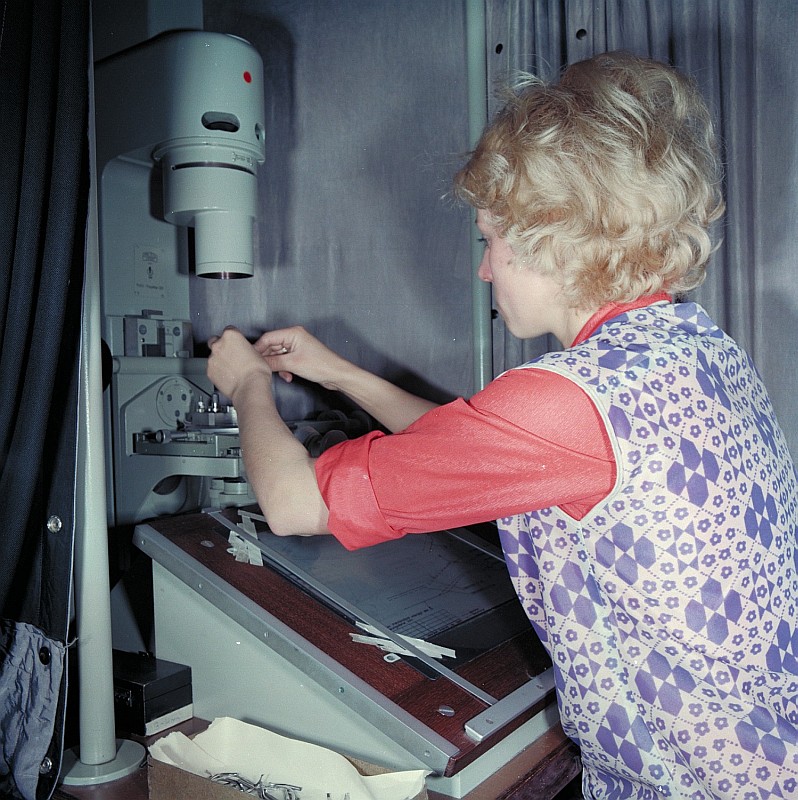Knitting business
- Introduction and Basics
- Creating Your Product Line
- Sourcing Materials
- Production Process
- Pricing and Profitability
- Marketing Your Collection
- Selling Your Products
- Customer Service and Retention
- Basics of Business Management
- Finance and Accounting
- Legalities of Your Business
- Growth and Expansion Strategies
Production Process
Quality Control in Knitwear Production

Process or activity to ensure the quality of products and services provided to customers.
Quality control is a crucial aspect of any manufacturing process, and knitwear production is no exception. Ensuring that your products meet a certain standard of quality not only guarantees customer satisfaction but also helps to build your brand's reputation. This article will guide you through setting up a quality control process, common quality issues in knitwear, and how to train your team for quality control.
Setting Up a Quality Control Process
A quality control process involves three main stages: raw materials inspection, in-process inspection, and final product inspection.
-
Raw Materials Inspection: This is the first step in the quality control process. It involves checking the yarns and other materials that you will use in your knitwear production. Ensure that the yarns are of the right texture, color, and quality. Any defects or inconsistencies at this stage can affect the final product's quality.
-
In-Process Inspection: This involves checking the products during the production process. It helps to identify any issues early enough before they affect the entire batch. You can check for things like knitting tension, pattern consistency, and color uniformity.
-
Final Product Inspection: This is the last stage of the quality control process. It involves checking the finished products before they are packaged and shipped to customers. Check for things like sizing, finishing, and overall appearance. Any products that do not meet the set quality standards should be rejected.
Common Quality Issues in Knitwear
Several quality issues can arise in knitwear production. Some of the common ones include:
-
Sizing Issues: This can occur due to incorrect tension settings during knitting. It can result in products that are either too large or too small.
-
Pattern Inconsistencies: These can occur due to errors in the knitting process. They can result in products that do not match the intended design.
-
Color Variations: These can occur due to inconsistencies in the dyeing process. They can result in products with uneven color or different shades of the intended color.
-
Finishing Defects: These can occur during the finishing process. They can include things like loose threads, uneven seams, or poor quality trims.
Training Your Team for Quality Control
Quality control is not a one-person job. It requires the involvement of everyone in your team. Here are some tips on how to train your team for quality control:
-
Provide Clear Guidelines: Make sure that your team understands what constitutes a quality product. Provide clear guidelines on things like acceptable and unacceptable defects, correct sizing, and finishing standards.
-
Regular Training: Regularly train your team on quality control procedures. This can be done through workshops, seminars, or on-the-job training.
-
Encourage Feedback: Encourage your team to provide feedback on the quality control process. They can provide valuable insights on how to improve the process.
-
Reward Quality: Recognize and reward team members who consistently produce quality products. This will motivate them to maintain high standards of quality.
In conclusion, quality control is an essential part of knitwear production. By setting up a robust quality control process, addressing common quality issues, and training your team effectively, you can ensure that your products meet the highest standards of quality.